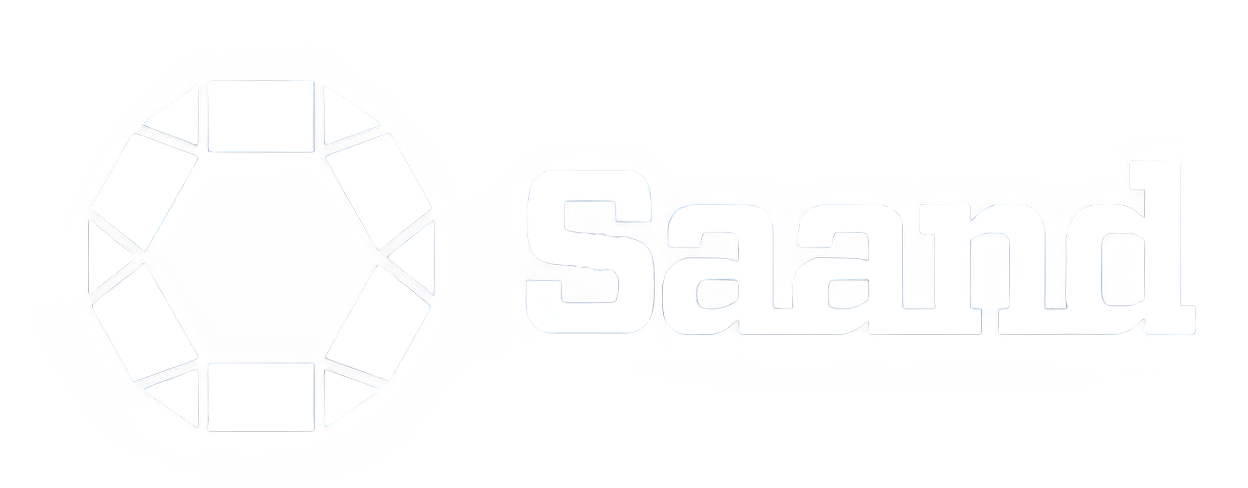LAMINATED
Laminated glass is a type of safety glass that is manufactured by permanently bonding two or more pieces of glass with various interlayers. The process involves assembly in a climate controlled clean room, and then final bonding is achieved in an autoclave. The final product is applicable for certain safety glazing applications. The process creates a single, multi-layered unit with enhanced properties compared to standard glass, with benefits such as:
Enhanced Safety: When laminated glass shatters upon impact, the interlayer holds the glass fragments together, preventing them from scattering. This property makes it highly suitable for applications where human safety is a concern, such as in car windshields, architectural glazing, and hurricane-prone regions.
Sound Insulation: The multiple layers of glass and the interlayer act as a sound barrier, reducing the transmission of external noise into interior spaces. This makes laminated glass an excellent choice for noise-sensitive environments like homes, offices, and urban areas.
UV Protection: The interlayer in laminated glass provides significant UV protection, reducing the penetration of harmful UV rays. This helps preserve interior furnishings, such as furniture, artwork, and textiles, and can be particularly important in spaces with valuable or sensitive items.
Customization: Laminated glass can be customized with various tints, colors, and patterns. This flexibility allows it to be used for decorative purposes, and it can be incorporated into architectural and interior design to achieve specific aesthetic goals.
Technical Capabilities:
PVB, SentryGlas, DG41, and Vanceva colour program
Thickness = 4mm - 80mm (5/32” - 3 1/8”)
Max Size = 96”x152” (2438mm x 3860mm)
Min Size = 8”x24” (203mm x 610mm)

